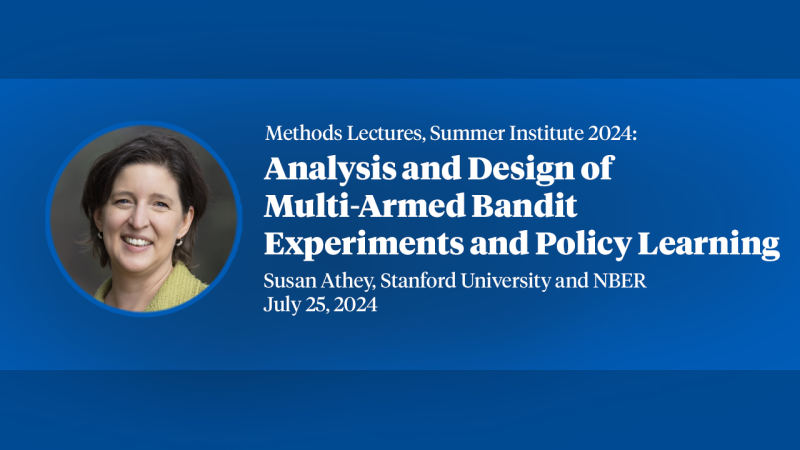Indirect Cost Recovery in U.S. Innovation Policy: History, Evidence, and Avenues for Reform
The U.S. government has funded university research for nearly 80 years, with a significant share of this funding supporting the fixed costs of science through indirect cost recovery (ICR). We explain the history, objectives, and mechanics of ICR policy and review key controversies. We also provide new empirical evidence on indirect costs at the NIH, a major target of past and present ICR reform. Using data from over 350 institutions, we find that while negotiated ICR rates average 58%, effective rates—what NIH actually pays—average 42%, with relatively little variation across institutions or over time. Our analyses also suggest that a proposed 15% flat rate would significantly cut NIH funding for many grantees, disproportionately affecting institutions most linked to commercial patenting and drug development. We conclude by assessing the current system, and major reform proposals, across several ICR policy objectives: support for research and infrastructure, cost-efficiency incentives, implementation costs, and transparency. No single approach dominates on all dimensions.


